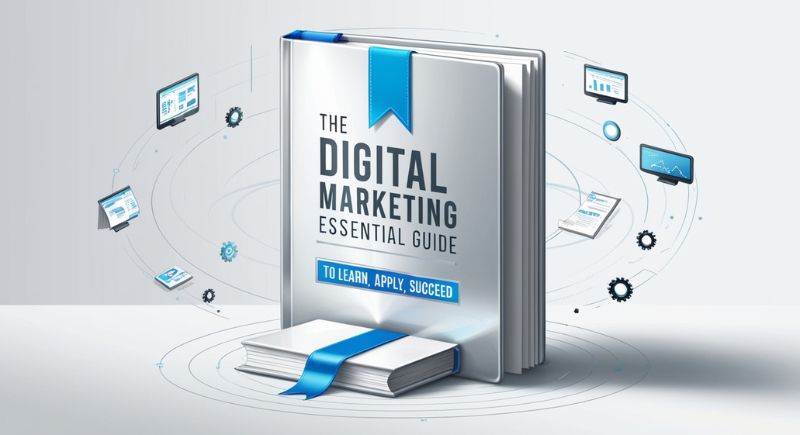Website design with WordPress

Introduction:
The framework for building websites, WordPress, is strong and flexible. With its user-friendly interface and a vast library of themes and plugins, it is a popular choice for website owners who want to create a professional-looking website without the need for extensive coding knowledge. However, a website is not enough to attract traffic and generate leads. Ensure your website’s optimization for search engines, increase its visibility, and help you rank higher in search engine results pages (SERPs) by implementing crucial on-page SEO.
Key Elements of On-Page SEO:
You must consider several key elements of on-page SEO when designing a website in WordPress.These elements include title tags, meta descriptions, header tags, keyword-rich content, internal linking, and image optimization.
Title Tags:
Search engines use title tags to understand the content of a page, making them an essential part of on-page SEO. Title tags should be unique and accurately reflect the content of each page, with the main keyword included.
Header Tags:
You use header tags to structure the content of a page and indicate the importance of different sections. Use H1 tags for the main title of a page and H2 and H3 tags for subheadings.
Keyword-Rich Content:
Keyword-rich content makes the king when optimizing pages for on-page SEO. Write pages keeping your target audience in mind and include relevant keywords. By using these keywords, search engines understand the purpose of the page and determine its relevancy to certain search terms.
Internal Linking:
Links that connect pages on a website are known as internal links. Internal linking helps search engines to understand the structure and hierarchy of a site and can also help visitors navigate the site more easily
Image Optimization:
Optimize images for on-page SEO to attract traffic to your website with their power tool. This includes using descriptive file names, and alt tags, and optimizing the size and format of images for faster load times.
Choosing a Theme:
When selecting a theme for your WordPress website, it’s crucial to keep in mind that it will significantly affect the design, functionality, and on-page SEO. To ensure your website looks and performs optimally, it’s important to consider several key factors, including mobile responsiveness, loading speed, search engine optimization, and customizability. Additionally, it’s a good idea to evaluate each of these factors before making a final decision on your theme choice.
Installing Plugins:
The WordPress platform utilizes plugins as a key component to enhance a website’s functionality and feature range by adding various capabilities. For on-page SEO, consider installing plugins such as Yoast SEO, All in One SEO Pack, or The SEO Framework.
Creating a Sitemap:
A sitemap is a comprehensive list of all the pages on a website and provides a roadmap for search engines to crawl and index your site. Submit a sitemap to search engines to ensure that they include all of your pages in their index and improve your site’s visibility in search results.
URL Structure:
The URL structure of your site is an important factor in on-page SEO. As it helps search engines understand the structure and hierarchy of your site. Include keywords relevant to the URL.
Content Marketing:
Content marketing is the creation and distribution of high-quality. Valuable content with the aim of attracting and retaining a target audience. By creating and publishing content that is relevant and valuable to your target audience. You can build a loyal following and increase the visibility of your site in search results.
Social Media Optimization:
Social media optimization (SMO) is the process of optimizing your social media profiles to improve their visibility and engagement. Integrating social media into marketing boosts reach, drives traffic, and strengthens online presence.
Ongoing Optimization:
On-page SEO is not a one-time effort, but an ongoing process that requires continuous monitoring and optimization. Regular content updates, SEO optimization, and analytics tracking ensure site visibility and relevancy in search results.
Conclusion:
Designing a website on WordPress while incorporating on-page SEO will so, result in a professional-looking website because it is optimized for search engines. This, in turn, attracts the targeted traffic to your site. Improve your site’s success and boost business growth with critical on-page SEO components in your marketing strategy.









